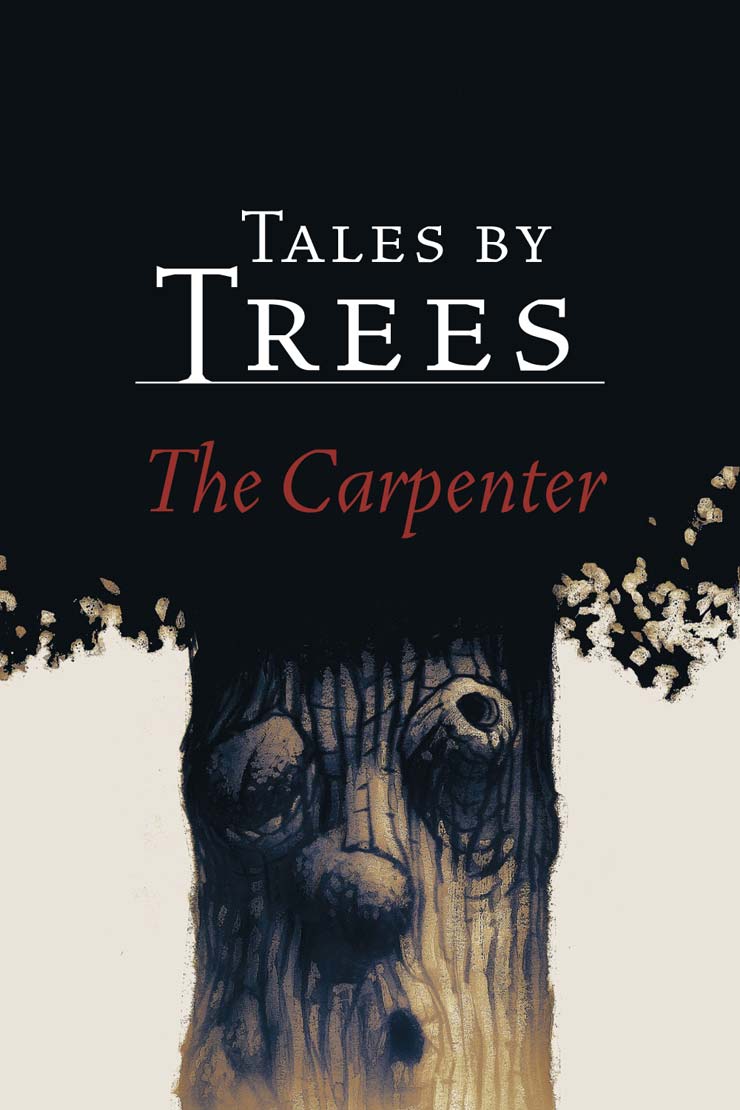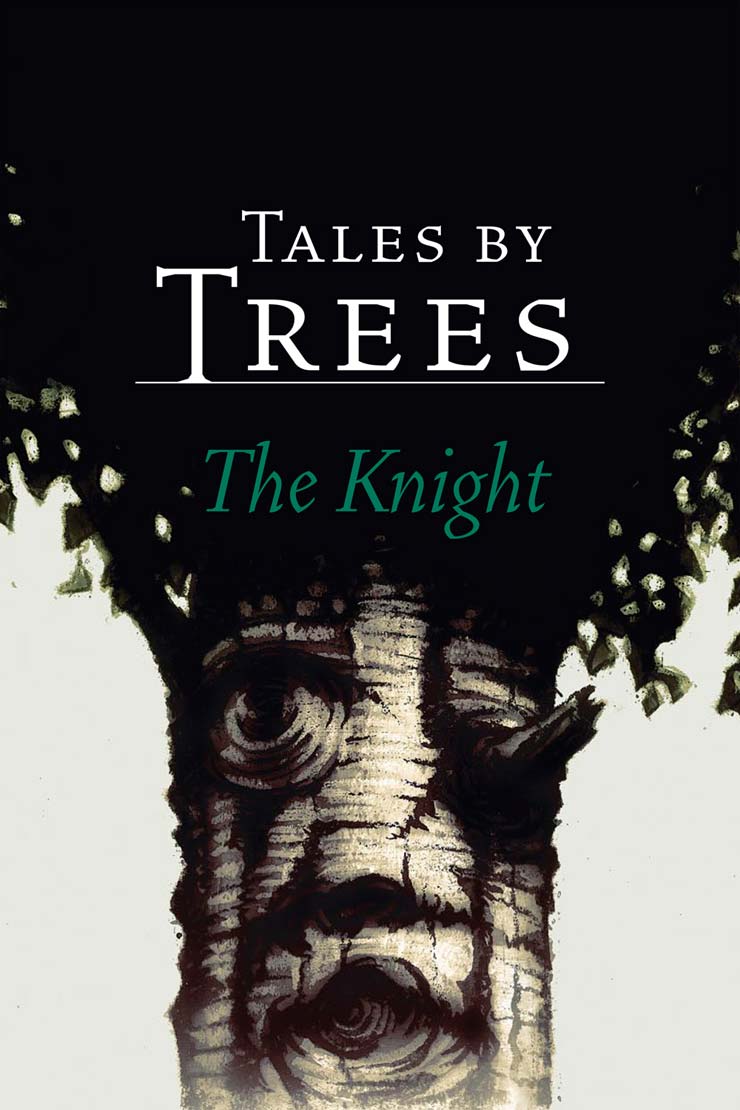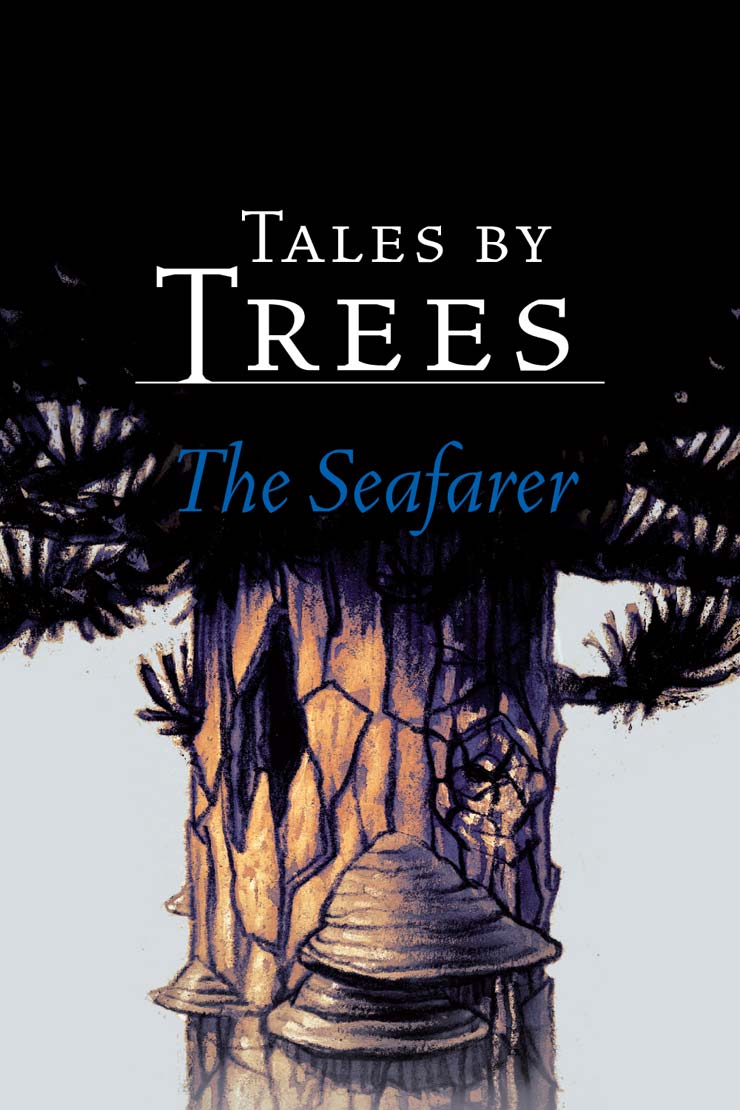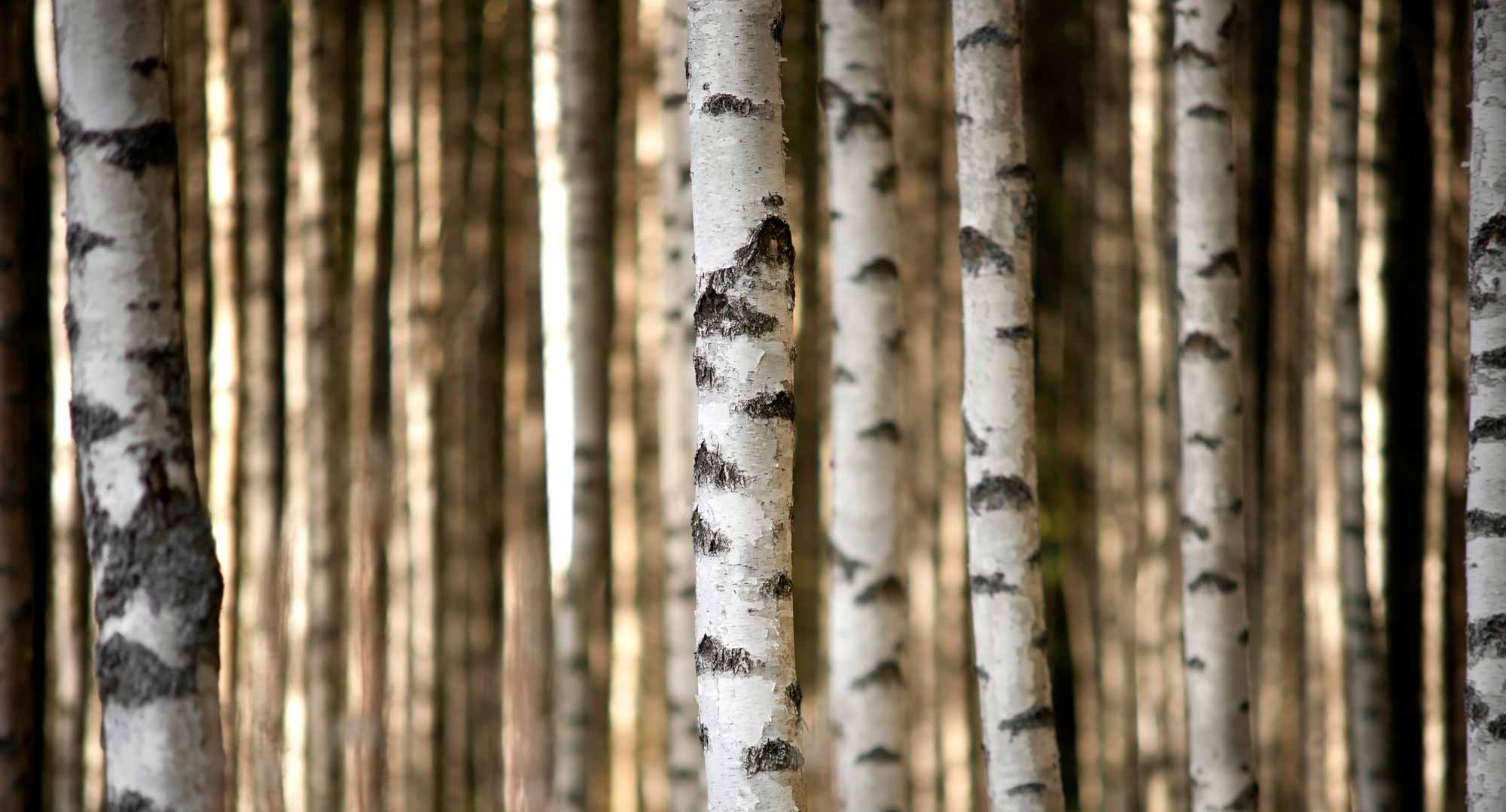
The Seed: What We Cut and What We Plant
If you have read our recent posts, you know that we are building a net positive company. We want our actions to make the world measurably better by increasing rather than depleting natural resources.
Since we are a forest brand, a large part of this positive action will come from tree planting. With our first product, the Seed, the idea could be summarised with the image below:

While this is not the whole picture – it doesn’t take into account pollution or materials other than wood, and neither does it include our forest conservation efforts – tree planting is one of our most important methods of reaching net positivity.
But what kind of trees do we cut and where do we plant the new ones? Many of you have asked about this!
Trees That We Use
“Use local” is one of the most often repeated sustainability messages. We also adhere to this mantra. As our company is based in Finland, we use Nordic resources wherever possible to reduce the waste and pollution caused by transportation.
This decision restricts us to certain tree types. For instance, if we wanted to make an oak Seed, we would have to ship the wood all the way from North America. This makes no environmental sense, especially if we then ship the Seed back to the US for our customers.
Instead, we have decided to use birch, which is fairly abundant in Finland, easy to work with, and has a wonderfully luxurious look and feel to it. I mean, just look at this beauty:
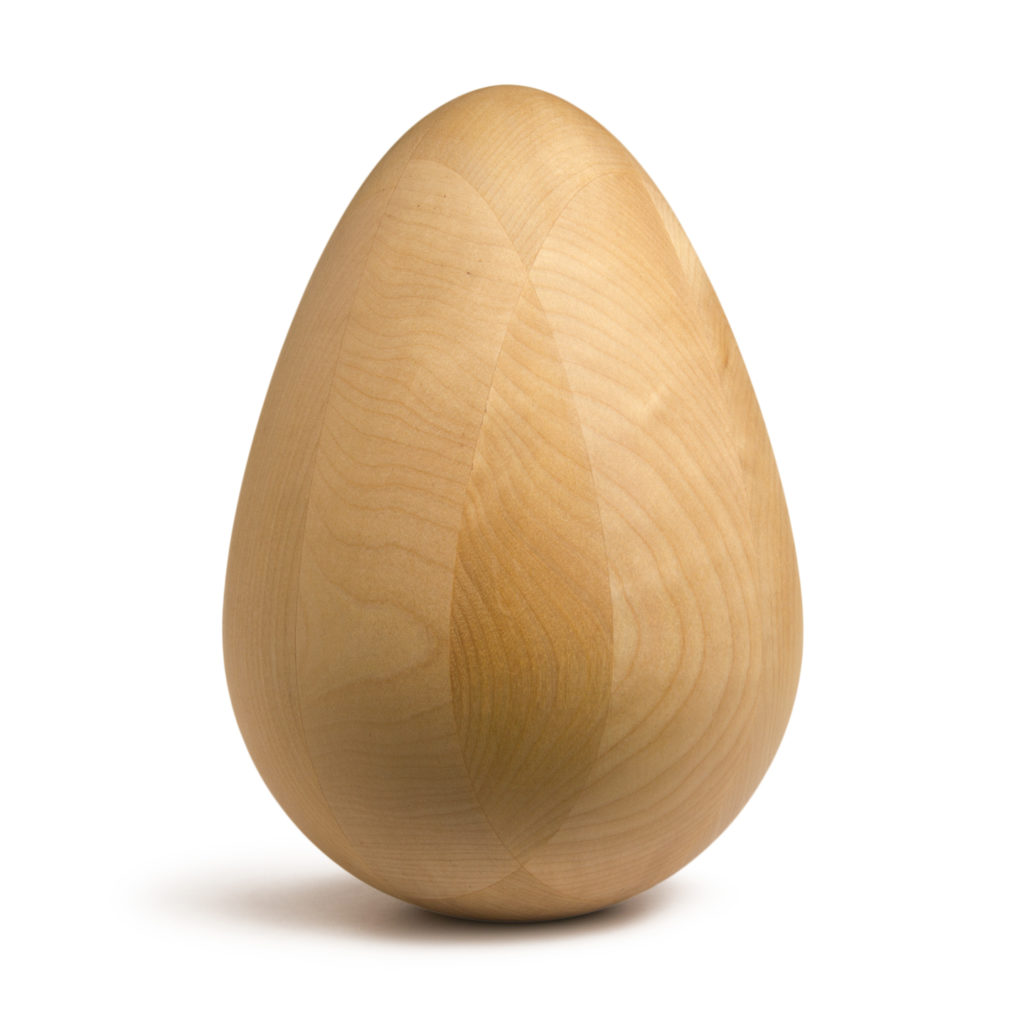
The birch that we use is certified. Specifically, it carries either the FSC or the PEFC certificate, guaranteeing that the wood is both sustainably and ethically sourced. This means that:
- The wood comes from managed (not natural state) forests.
- For every tree cut, a new one will be automatically planted.
- Tree felling is planned and sustainable, avoiding practices like clearcutting.
- In addition to the environment, the long-term well-being of affected communities and workers is guaranteed.
- The trees used are fully grown but not particularly old, usually between 50-80 years. No old growth forest is cut.
- All local and international laws are fully complied with.
The two certificate systems are not exactly alike, and both have their strengths. In our case, the differences between the two are somewhat levelled by Finland’s forestry laws, which are some of the strictest and most environmentally friendly in the world. Of course, we remain committed to always looking for ever more ecologically friendly wood sources.
Trees That We Plant
Like our picture earlier showed, for every tree cut for Seeds, we will on average plant 1250 new trees (in addition to that one tree that automatically replaces the cut tree in the sustainable forest).
These new trees will not be planted in Finland. This is because the country is already doing pretty well in terms of forests: at around 75%, the forest coverage is higher than in any other western country, and the number of trees still increases annually as fewer trees are cut than is being planted. Because of this, we rather want to plant our trees in areas of the world where they can have the biggest and most positive impact.
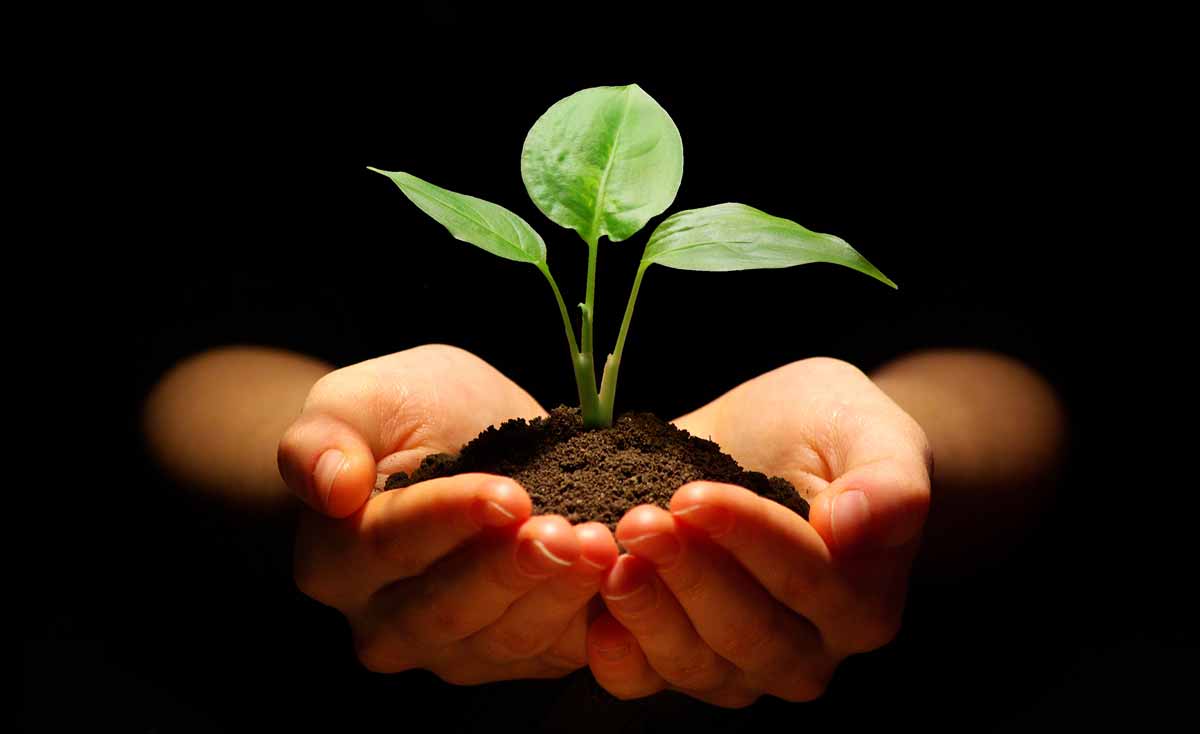
For our tree planting program, we have partnered with the American non-profit organisation Trees for the Future whose current focus is on planting forests in Sub-Saharan Africa. There are two major reasons why we have chosen to target our tree planting efforts in this area.
Environmental: Tropical trees grow faster than boreal ones, which also makes them sequester more CO2 from the atmosphere. This means that tropical trees have a much bigger and faster impact on combating climate change than their Nordic counterparts. Planting new forests in areas that have few or no existing trees also has the local effects of enriching the soil, combating erosion and increasing water retention and quality, as long as the planting is properly planned.
Social: Successfully carried out tree planting programs can dramatically change the lives of local families by creating new and sustainable food sources for humans and livestock, as well as new products to sell. These efforts work towards ending extreme hunger and poverty across developing regions, while also revitalising degraded land areas.
By working with Trees for the Future, instead of planting the trees ourselves, we effectively make use of their unique expertise and networks, rather than having to build our own. This again minimises waste and allows us to concentrate on maximising our positive contributions. Working with an independent organisation is also more transparent, making it easier for outside parties to monitor our positive contributions.
We are planting a better world, one tree at a time.

